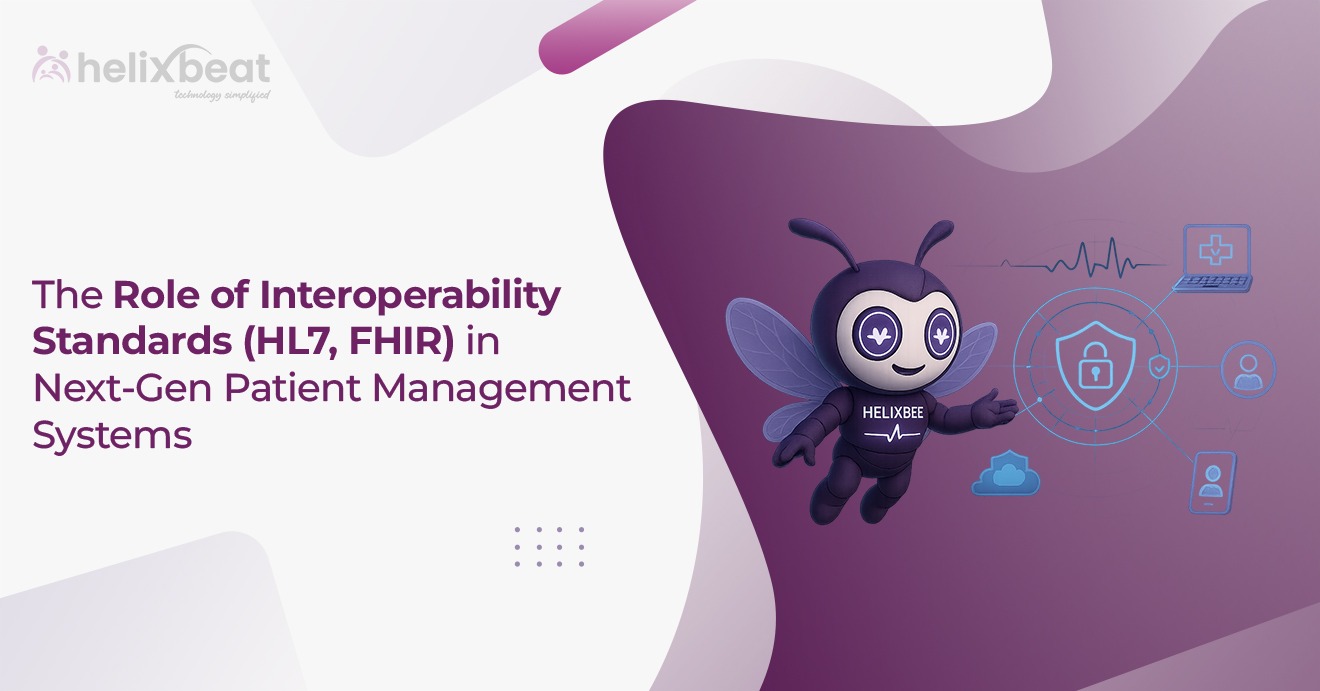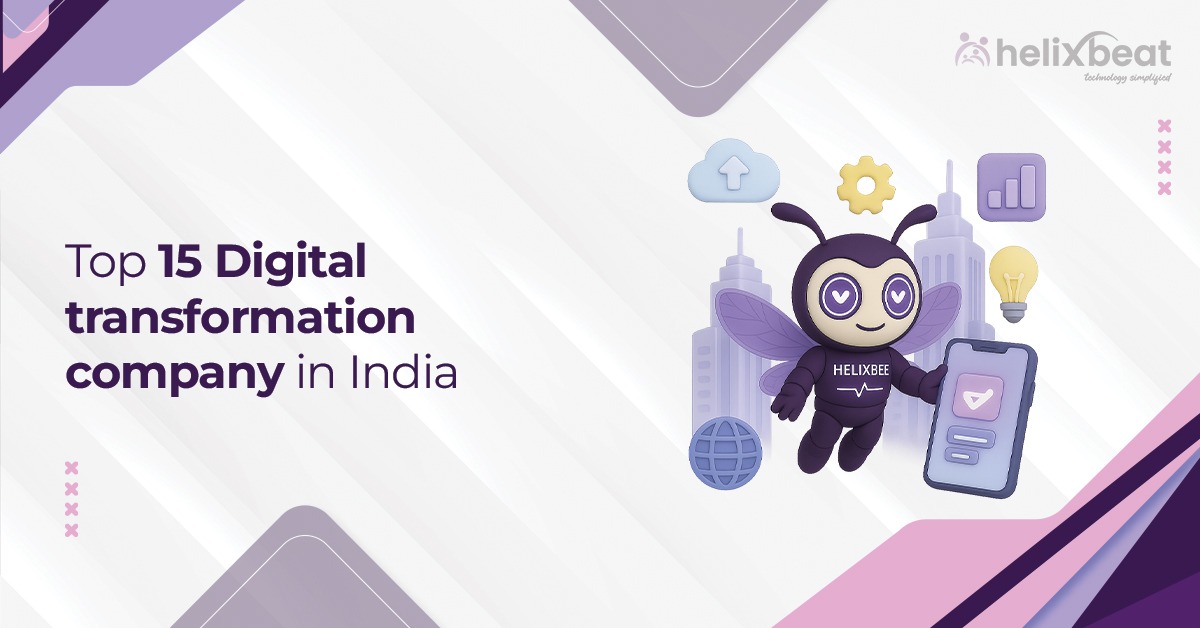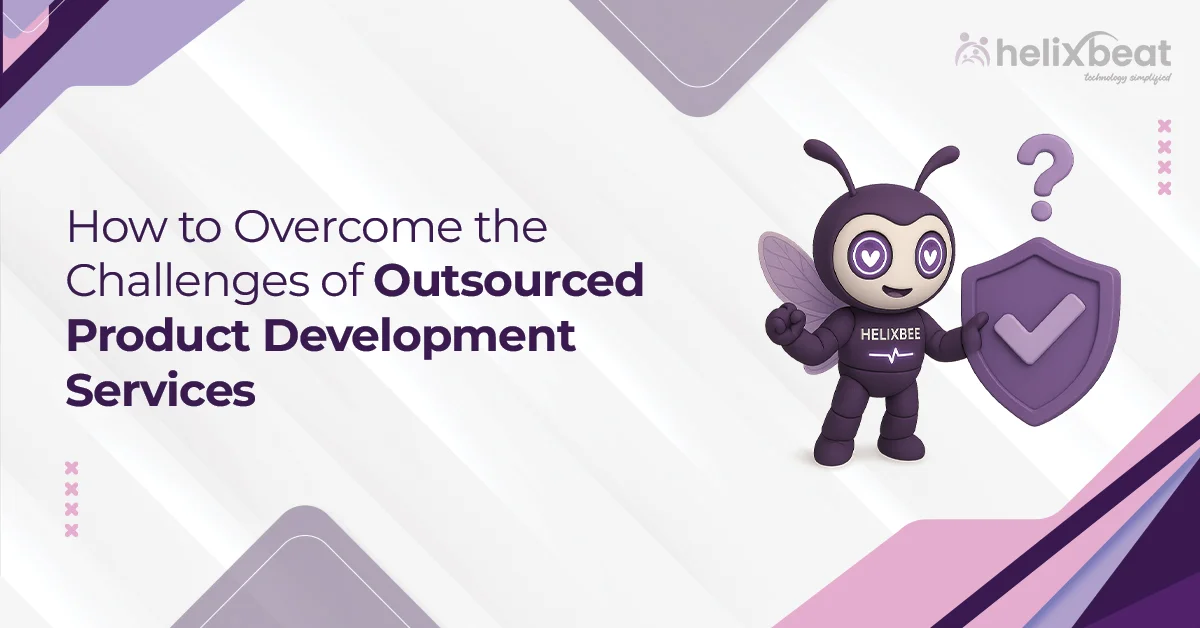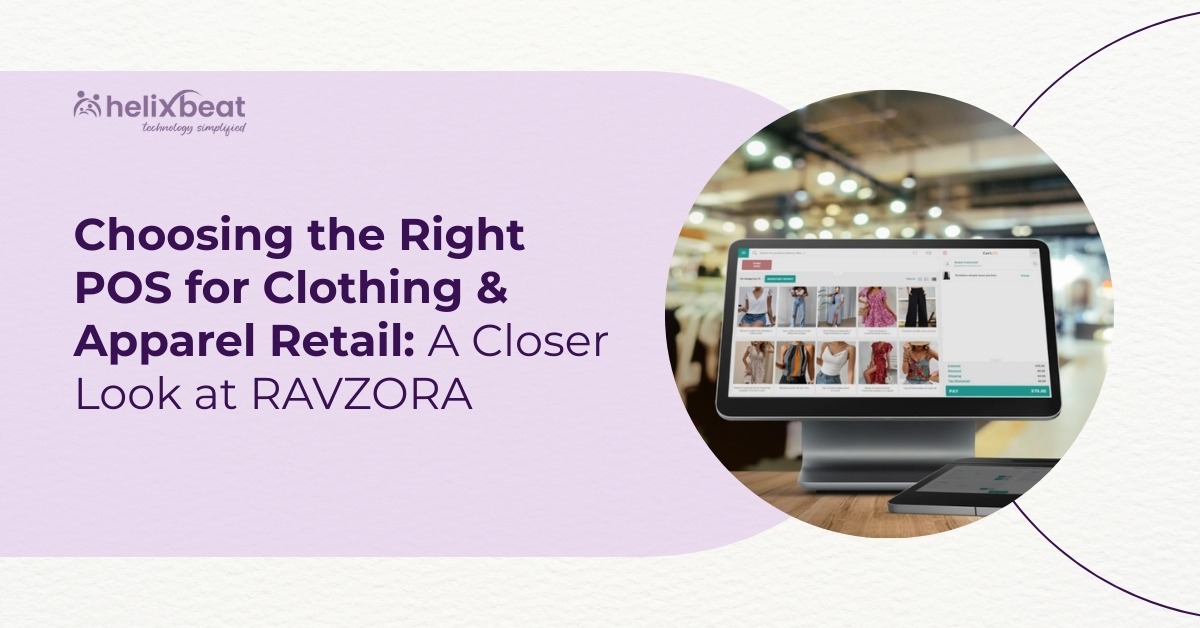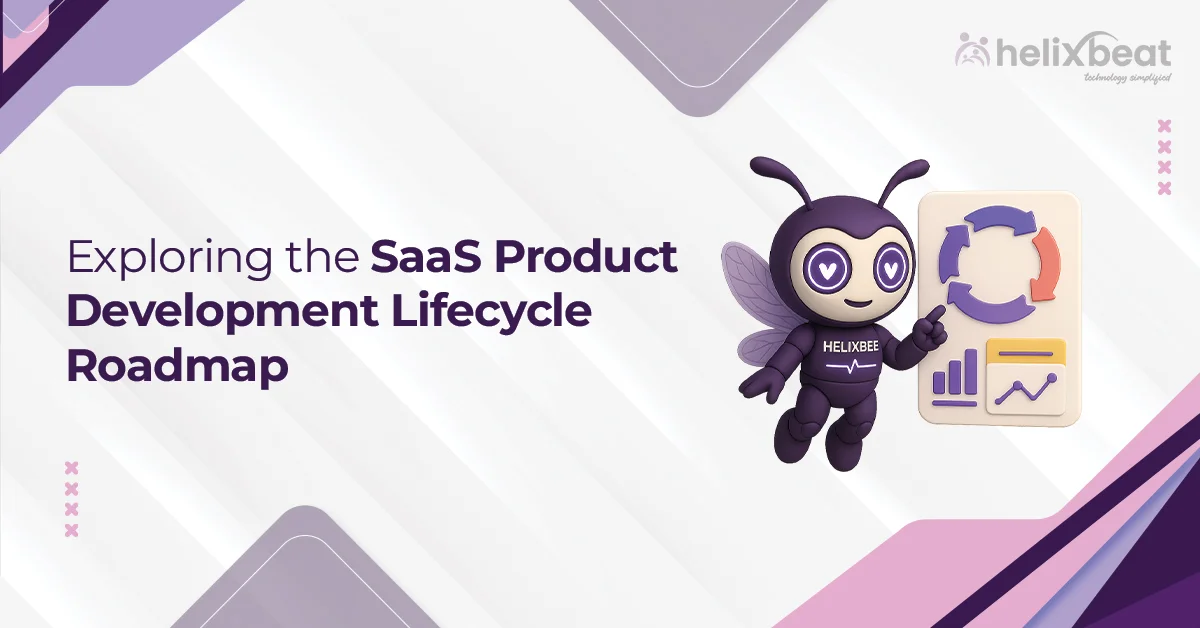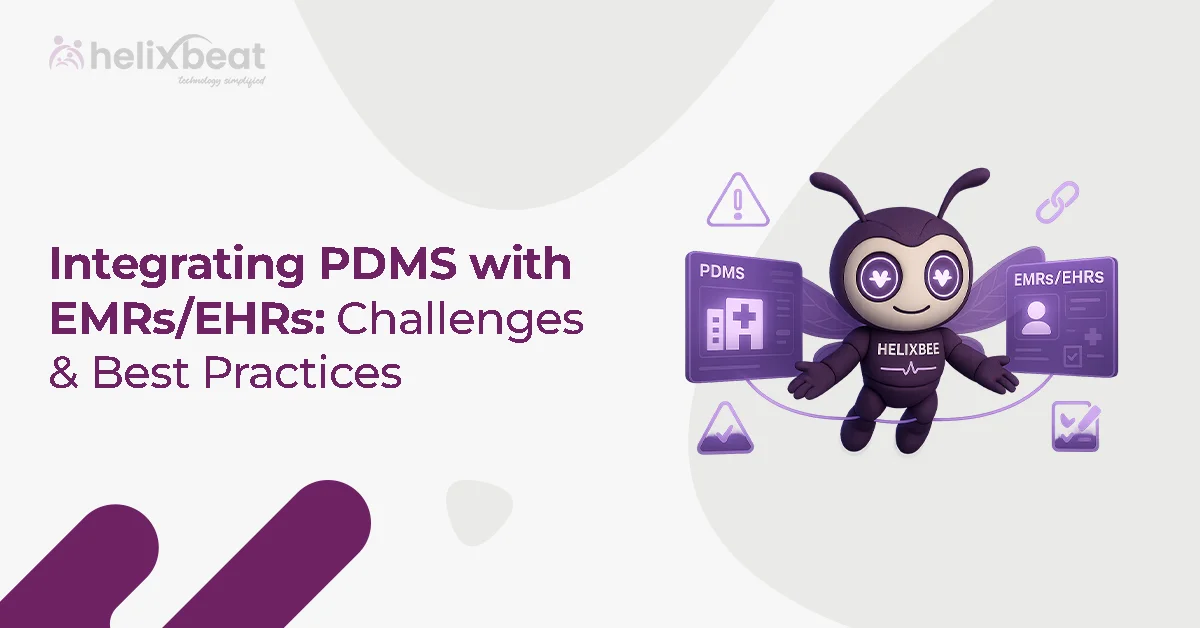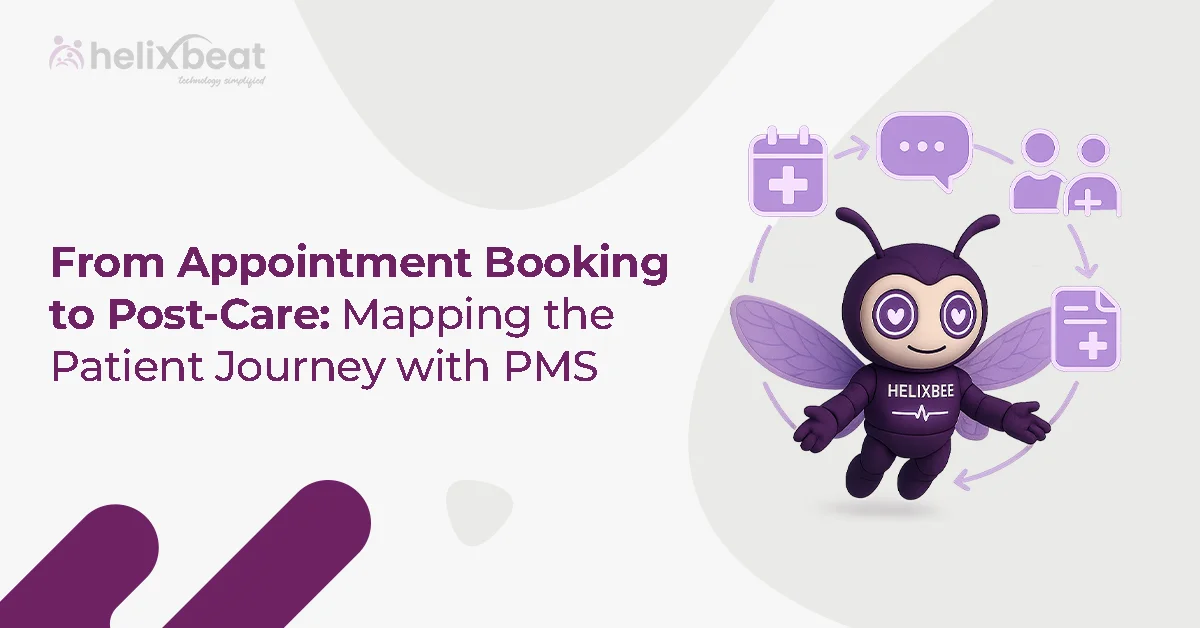Today, smooth data flow is important for improving patient care. With the rise of advanced patient management systems powered by AI, telehealth, and predictive analytics, the need for strong healthcare interoperability solutions is more critical than ever. Therefore, standards like HL7 and FHIR are key to connecting different systems, giving providers access to complete patient data in real-time.
In this blog, we’ll discuss how these protocols boost efficiency, improve clinical outcomes, and shape the future of patient-centered care.

Table of Contents
What Are Healthcare Interoperability Solutions?
Healthcare interoperability solutions allow secure and seamless exchange of health information between various electronic systems, devices, and platforms. These solutions aim to break down the barriers created by data silos in healthcare, where patient records often remain confined within specific provider networks.
The drive for these solutions gained significant momentum with regulatory efforts like the 21st Century Cures Act in the U.S., which pushes for better access to electronic health information for patients. As we move into 2026, more than 80% of hospitals report using FHIR (Fast Healthcare Interoperability Resources), according to recent industry surveys. These solutions not only enable smoother data sharing but also open doors to innovative uses, from integrating wearable devices to analyzing population health trends.
The key components of successful healthcare interoperability solutions include messaging protocols, application programming interfaces (APIs), and data mapping tools. The focus is on semantic interoperability, which means that data isn’t just shared but also understood consistently across systems.
Understanding HL7: The Established Standard for Data Exchange
Health Level Seven (HL7) is one of the oldest and most widely used international standards for healthcare data exchange. Developed by HL7 International, a nonprofit organization, it focuses on messaging formats like version 2.x and version 3, which have been integral to electronic data exchange since the 1980s.
HL7 version 2, still widely used today, excels in administrative and clinical messaging, including tasks such as admitting-discharge-transfer (ADT) notifications and order entry results. Its simple, pipe-delimited structure enables systems like electronic health records (EHRs) and laboratory information systems (LIS) to communicate effectively with each other.
In modern patient management, HL7 plays an important role in batch processing and connecting older systems with newer technologies.
Despite its reliability, HL7 faces limitations in handling modern, web-based applications. Its rigid structure complicates real-time updates and mobile integrations, paving the way for its successor, FHIR.
FHIR: Revolutionizing Healthcare Interoperability Solutions
Fast Healthcare Interoperability Resources (FHIR), pronounced “fire,” marks a paradigm shift in healthcare interoperability solutions. Released by HL7 in 2011 and now in Release 5 as of 2025, FHIR leverages modern web technologies like RESTful APIs, JSON, and XML to make data exchange intuitive and developer-friendly.
FHIR breaks away from traditional data standards by organizing health information into modular “resources.” These are small, self-contained units that represent key entities like patients, medications, or observations. This granular approach makes it easy to update and query specific pieces of information, which is perfect for next-gen systems that need to be agile.
FHIR really shines in patient management by letting patient-generated data flow seamlessly. As a result, wearables that track vital signs can upload data directly to an EHR and trigger alerts if anything unusual is detected. Research shows that FHIR can cut data retrieval times by as much as 70%, making decision-making faster, especially in critical situations.
How HL7 and FHIR Drive Next-Gen Patient Management Systems
Next-gen patient management systems leverage AI-driven predictive tools, virtual care platforms, and integrated care coordination hubs to deliver more personalized and efficient care. In this ecosystem, HL7 and FHIR-based healthcare interoperability solutions like AERIS play a key role. Here’s how:
1. Enhanced Care Coordination
Fragmented data in healthcare leads to unnecessary tests and medication mistakes, costing the U.S. healthcare system billions each year. AERIS helps solve this problem by standardizing the flow of information. As a result, providers can then access this information through dashboards, making it easier to collaborate on care plans.
2. Real-Time Analytics and AI Integration
Modern healthcare systems rely heavily on analytics to predict things like patient readmissions and resource allocation. Healthcare interoperability solutions help make this possible by feeding clean, standardized data into machine learning models. For example, AERIS supports high-volume messaging to provide population-level insights.
3. Patient Empowerment Through Portals
Patients now expect to have control over their own health data. Therefore, FHIR-based apps make it easy for patients to securely share their information with family caregivers or researchers, which ties into value-based care models.
AERIS: Streamlining Data for Smarter Care
AERIS by Helixbeat is a state-of-the-art healthcare interoperability solution designed to make data exchange across systems smoother and more efficient. It effortlessly brings together patient information from various sources, helping healthcare providers deliver more accurate and timely care.
With HL7 and FHIR, AERIS facilitates secure, real-time data sharing across platforms, improving decision-making and operational efficiency. As a result, healthcare organizations can manage patient records with ease, reduce administrative tasks, and foster better collaboration—all while staying in line with HIPAA regulations.
Final Thoughts
In conclusion, HL7 and FHIR are at the core of healthcare interoperability solutions, next-gen patient management systems toward precision, accessibility, and equity. As stakeholders continue to invest in education and infrastructure, we move closer to a fully interoperable ecosystem, one that promises better health outcomes for everyone.
Unlock the potential of HL7 and FHIR with AERIS and turn data into meaningful insights! Contact us today.
FAQs
1. What are healthcare interoperability solutions?
Healthcare interoperability solutions allow secure, seamless exchange of health information across different systems, breaking down data silos to improve patient care.
2. Why are HL7 and FHIR important in healthcare?
HL7 and FHIR are essential standards that enable smooth data exchange between healthcare systems, improving coordination, decision-making, and overall care efficiency.
3. How does HL7 compare to FHIR?
HL7 is an older standard with a rigid structure, often used for batch processing, while FHIR is modern, flexible, and better suited for real-time, web-based applications.
4. How does AERIS improve patient care?
AERIS integrates patient data from various sources, facilitating real-time sharing and collaboration, which results in more accurate and timely care.



